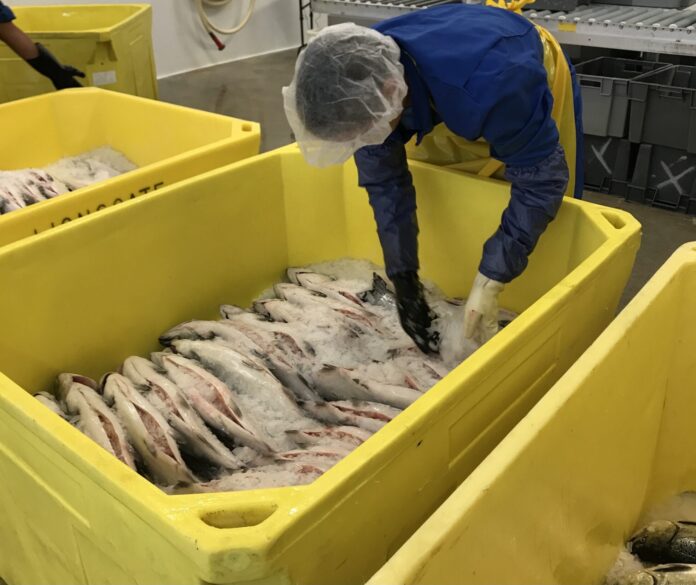Regulatory pressures in the world’s major salmon farming regions are casting a shadow over their continued ability to produce what amounts to roughly 70 percent of global farmed Atlantic Salmon production, a US investment firm said.
Uncertainty over looming regulatory changes is prompting producers in Norway and British Columbia to put their planned investments on hold.
In Norway, the government is proposing an incremental 40-percent tax on large ocean-based salmon farms starting January 2023, while in British Columbia, the federal government is in the process of moving salmon production away from open-net pen farming and toward other forms, including closed or semi-closed containment technologies and land-based recirculating aquaculture systems (RAS) technology – all still in their infancy.
Meanwhile in Chile, supplier of 25 percent of farmed salmon globally, the government is considering legislation calling for the potential ban of salmon farming in protected areas, which account for 30 percent of Chilean produce.
Newport Beach, California-based investment banking firm Roth Capital Partners said that such “regulatory assault” puts a “significant risk in expected global production growth and could result in declines in global salmon production.”
On the other hand, these same policies will support the further development of land-based aquaculture, it said.
“While we believe these regulatory challenges will be addressed by a number of potential solutions, we believe RAS seafood farming will play an important role as potential solutions for sea-based farming will likely add significant cost and complexity to these operations,” said Brian Wright, managing director and senior research analyst covering the AgTech sector at Roth Capital. (The firm has initiated coverage of RAS steelhead producer Blue Star Foods.)
The ‘Atlantic Sapphire effect’
However, the falling stock markets since the start of 2022, coupled with news of operational mishaps involving the most-watched RAS operator on the planet – Atlantic Sapphire – has turned market sentiment against the sector.
A big burden is already on the company’s shoulders because it is the first to attempt land-based salmon farming in such a massive scale – 220,000 tonnes of salmon by 2031 — and industry observers say its fate would dictate the trajectory of the land-based segment.
What the “Atlantic Sapphire effect” may have succeeded in doing is put attention toward smaller players with more manageable operations producing 2,000 MT to 10,000MT annually.
The industry has a few of these operations continuously operating for years now, albeit without the fanfare and publicity bestowed on what’s been referred to as the “Tesla of Aquaculture” (Atlantic Sapphire).
The “craft breweries” of salmon farming
Superior Fresh, Hudson Valley Fish Farms, Blue Star Foods, LocalCoho and Kuterra (now operated by Whole Oceans) are some of the “lean and effective” salmonid operators in North America. They have been quietly and consistently producing small volumes of salmonid – Atlantic salmon, steelhead and Coho – for niche markets in the region.
A SalmonBusiness story on niche player LocalCoho on Wednesday saw major traction on LinkedIn – anecdotal evidence that suggests the industry is rooting for the small guy.
“I expect this craft beer/micro-brew version of land based salmonid farming to gain a lot of traction in the US, especially if there is a cost effective 500 – 2,500 tonne system available,” aquaculture consultant Jamie Gaskill commented on the story.
“At this scale it’s easier to find land, water, power, and to discharge effluent. Now we’ll see if this scale is profitable,” he said.
Indeed, the question of profitability of RAS operations, whether big or small, remains a big question.
Philip Buike, a RAS consultant based in Spain, commented in the same LinkedIn thread: “So whilst small operators are at least getting the system to work, unless it can be scaled up, it is hard to see how RAS systems can be competitive with alternative uses of resources and money.”
He said the challenge now is to “move beyond pilot scale – to a point where we have an industry consensus on standard models, for design and operation. At this point, investors can reasonably expect some concrete data before commitment of resources,” he said.

